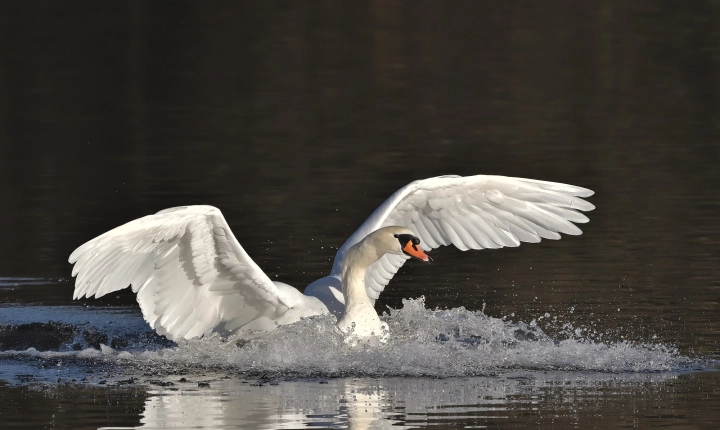Title: Exploring the World of AI Art: How to Turn an Image into Transformative Art
In recent years, the intersection of art and technology has given rise to a fascinating new medium known as AI art. This innovative form of artistic expression incorporates artificial intelligence algorithms to transform ordinary images into stunning pieces of digital art. The process of turning an image into AI art involves a combination of creativity and technical prowess, offering endless possibilities for aspiring artists and technology enthusiasts alike.
If you’re eager to embark on a journey into the world of AI art, you’ll be delighted to learn that the process is both accessible and rewarding. Below, we’ll explore the steps involved in turning an image into AI art and discuss the tools and techniques that can help you unleash your creativity.
Selecting an Image:
The first step in creating AI art is to select a high-resolution image that will serve as the foundation for your artistic transformation. Whether it’s a picturesque landscape, a portrait, or an abstract composition, the image you choose will form the basis for the subsequent AI-driven manipulations.
Choosing an AI Art Tool:
Next, you’ll need to select an AI art tool that suits your preferences and artistic vision. There are several AI art platforms and software applications available, each offering unique features and functionalities. Some popular options include DeepArt, DeepDream, and Adobe Photoshop’s Neural Filters. These tools utilize neural networks, deep learning algorithms, and other AI technologies to process and manipulate images in innovative ways.
Applying Style Transfer and Filters:
Once you’ve selected an AI art tool, you can begin the process of applying style transfer and filters to your chosen image. Style transfer involves imbuing the image with the artistic style of a particular painting, artist, or visual aesthetic. Through the use of AI algorithms, the tool can analyze the style of a reference image and apply it to your original image, resulting in a seamlessly blended composition that retains the essence of both sources.
Experimenting with Parameters:
One of the most exciting aspects of creating AI art is the ability to experiment with various parameters and settings to achieve different visual effects. From adjusting color palettes and texture patterns to fine-tuning the level of abstraction and surrealism, AI art tools offer a wealth of creative controls that allow you to tailor the artwork to your liking.
Refining and Iterating:
As you delve deeper into the process of turning an image into AI art, don’t hesitate to refine and iterate on your creations. Experiment with different combinations of styles, filters, and settings, and observe how each adjustment influences the overall aesthetic of the artwork. Embrace the iterative nature of AI art as an opportunity to explore new possibilities and refine your artistic vision.
Sharing and Showcasing:
After transforming your chosen image into a captivating piece of AI art, consider sharing and showcasing your creations with the world. Whether you choose to exhibit your artwork on social media, online galleries, or art communities, sharing your AI art can inspire and engage fellow artists and enthusiasts.
The fusion of art and artificial intelligence has unlocked a realm of creative potential, allowing individuals to breathe new life into ordinary images and elevate them to the realm of digital art. By embracing the process of turning an image into AI art, creators can unleash their imagination and explore the infinite artistic landscapes that AI technology has to offer. Whether you’re a seasoned artist or a curious beginner, the world of AI art invites you to embark on a transformative journey of exploration and expression.
